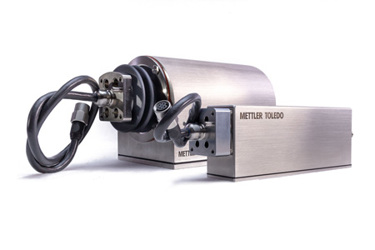Dynamic Precision Weighing Challenges And Innovations

An enormous amount of technology is exclusively concerned with figuring out how heavy something is as accurately as possible. Getting the precise weight of anything is an impossibility, but modern weighing technology is able to get extremely close.
While static scales are more accurate than dynamic checkweighers, they require starting and stopping products from moving down the line quickly and are often far too slow for most manufacturing environments. In contrast, dynamic checkweighers measure the weight of products as they move across a weighing surface numerous times and take the average. The more measurements of the object that can be taken, the more data points there are, and therefore the closer the accuracy is to the products' actual weight. This enables accurate weighing at high speeds.
Using dynamic weighing technology to not only spot errors in filling, but in some cases make adjustments to filling equipment, saves manufacturers considerable time and money. Given this benefit, a significant amount of time and effort goes into refining and improving these dynamic weighing techniques and product handling technologies.
These techniques are primarily focused on three interrelated factors: product throughput, product center distance and standard deviation. An effective precision weighing system enables its users to make the necessary adjustments to balance these three factors. This both involves the way in which the precision weighing is executed, and the capabilities of the equipment itself. Explore the key factors considered in the development of this technology and the methods used to perform precision weighing.
Get unlimited access to:
Enter your credentials below to log in. Not yet a member of Pharmaceutical Online? Subscribe today.
